JUNG SUNG BON SHABU SUKI (정성본샤브수끼칼국수)
1.9Km 2021-03-20
23-3, Myeongdong, 4-gil, Jung-gu, Seoul
+82-2-752-4800
A good place to visit when you want to eat hot soup. This restaurant's signature menu is shabu-shabu. This shabu-shabu restaurant is located in Jung-gu, Seoul.
Hongsugye Jjimdak(홍수계찜닭)
1.9Km 2020-10-30
5F, M, Plaza, 27, Myeongdong8-gil, Jung-gu, Seoul
+82-2-772-9389
This is a Korean cuisine located in Myeong-dong, Seoul. A store selling Korean-style dishes of chicken with soy sauce. The representative menu is braised chicken.
Myeongdong Mudeungsan Jeongyuk Sikdang (명동무등산정육식당)
1.9Km 2021-03-29
27, Myeongdong 8-gil, Jung-gu, Seoul
+82-2-752-9292
It is a beef restaurant that serves dinner but also sells meals as special lunch menus. This restaurant's signature menu is marinated grilled ribs. This Korean dishes restaurant is located in Jung-gu, Seoul.
Jihwaja (지화자)
1.9Km 2024-03-18
125 Jahamun-ro, Jongno-gu, Seoul
+82-2-2269-5834
Jihwaja is a traditional Korean restaurant operated by a successor of Joseon dynasty royal dishes. Their manchan course (full course) includes menus served at royal banquets such as gungjung manchan (royal course), Jineo-byul manchan (deluxe royal degustation course), and janggeum manchan (daejanggeum degustation course) courses. The janggeum course reconstructs dishes from the drama "Dae Jang Geum." For the Jeongchan course (Set menu), they offer so galbi sura (grilled beef ribs course), jeonbok cho sura (braised abalones in soy sauce course), so galbi jjim sura (braised beef short ribs course), and haemul sinseollo sura (seafood hot pot course). Additionally, they serve milk porridge, meat and vegetable skewers, mandu, royal hot pot, and grilled marinated beef.
Seoul Sajik Park (사직공원(서울))
1.9Km 2021-11-12
89, Sajik-ro, Jongno-gu, Seoul
+82-2-2148-4149
Sajik Park is one of the three most popular parks in Jongno-gu along with Tapgol Park and Samcheong Park. Located west of the Government Complex-Seoul on the southeastern foothills of Inwangsan Mountain, the park measures an impressive 188,710 m².
The name of the park dates back to 1395 when Taejo Yi Sung-gye made Sajik Altar (altar to the State deities) at the center of the park. "Sa" refers to the deity of the earth while "jik" refers to the deity of the five grains. Rites wishing for a good harvest were held regularly at Sajik Altar.
In the park are several playgrounds, statues of Sin Saimdang, Hwanghakjeong, and Yulkog Yi I, and the Municipal Children's Library. Dangun Shrine and Jongno Library are situated nearby. By following the path next to Sajik Park for approximately 5 minutes, travelers can reach the Inwangsan hiking path with relative ease.
Seoul Museum of History (서울역사박물관)
1.9Km 2023-08-11
55, Saemunan-ro, Jongno-gu, Seoul
Seoul Museum of History covers everything about Seoul's history and culture from the prehistoric era to modern times, focusing especially on the Joseon era. The museum aims to raise cultural awareness and build a strong bond within the community by collecting, preserving, researching, and displaying artifacts and materials related to Seoul as well as promoting the city's history and culture to an international audience.
Seoul Global Cultural Center (서울글로벌문화체험센터)
1.9Km 2019-03-18
27, Myeongdong 8-gil, Jung-gu, Seoul
+82-2-3789-7961~3
Seoul Global Cultural Center is located in the heart of Myeong-dong, Seoul's major shopping district. It is more than
just an information center. It is an inviting space for global cultural exchange between residents and visitors.
The center not only
offers information in English, Chinese, and Japanese, but also facilities
such as free internet and coin-operated lockers. Moreover, the center regularly hosts cultural programs.
Deoksugung Palace (덕수궁)
1.9Km 2024-10-31
99 Sejong-daero, Jung-gu, Seoul
+82-2-771-9951
Registered as a Historic Site, Deoksugung Palace was initially not a royal palace, but the residential home of Grand Prince Wolsan (1454-1488), the older brother of King Seongjong (1469-1494) of the Joseon dynasty. It wasn't until 1593 that the palace was used as a temporary palace of the royal family after their home was burned down during the Imjin War. King Seonjo also stayed at Deoksugung Palace after returning to the city. It became a proper palace when Gwanghaegun (1575-1641) ascended to the throne and gave this royal residence the name Gyeongungung Palace in 1611. Over the following decades, the palace alternated between being an official palace and a temporary residence. The name did not change officially to Deoksugung Palace, meaning the “palace of virtuous longevity,” until 1907. While the palace once encompassed a vast area with many buildings, the current palace grounds are just a small shadow of the prior splendor, with very few structures remaining.
Deoksugung Palace's Daehanmun Gate (덕수궁 대한문)
1.9Km 2024-10-30
99, Sejong-daero, Jung-gu, Seoul
+82-2-771-9951
Located near City Hall station, Daehanmun Gate is the main gate of Deoksugung Palace, one of the princiapl five palaces of Joseon Dynasty. The name "Daehan" means wish for eternal prosperity of the Korean Empire. In front of the gate, the Palace Royal Guard Changing Ceremony is held twice daily, along with the reproduction of costumes and style throughout the year.

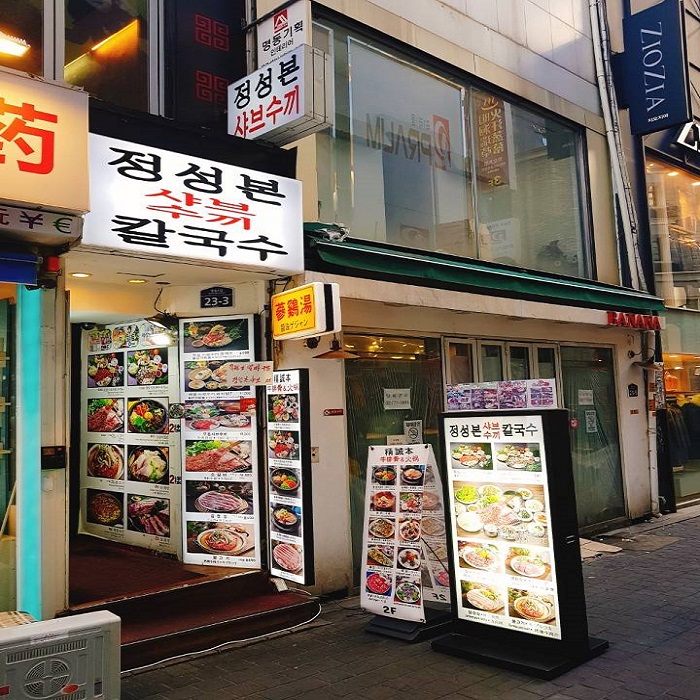
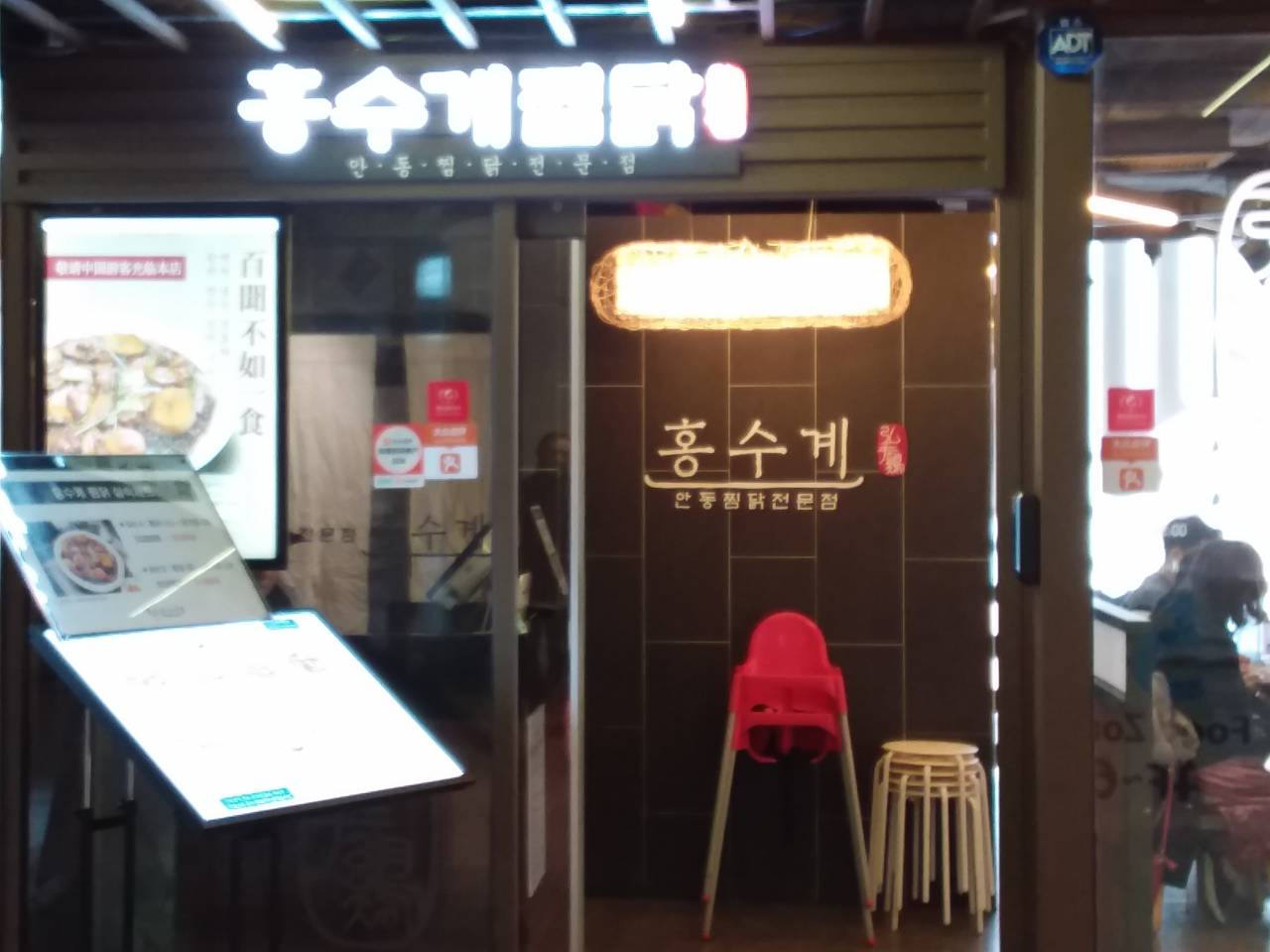
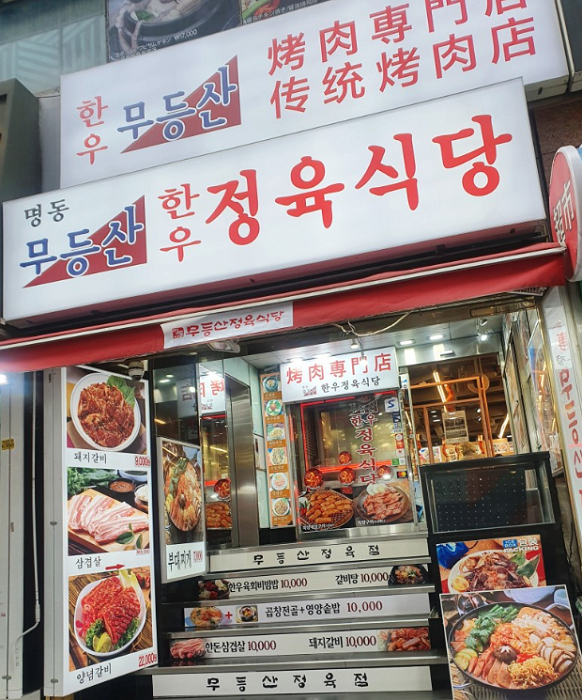
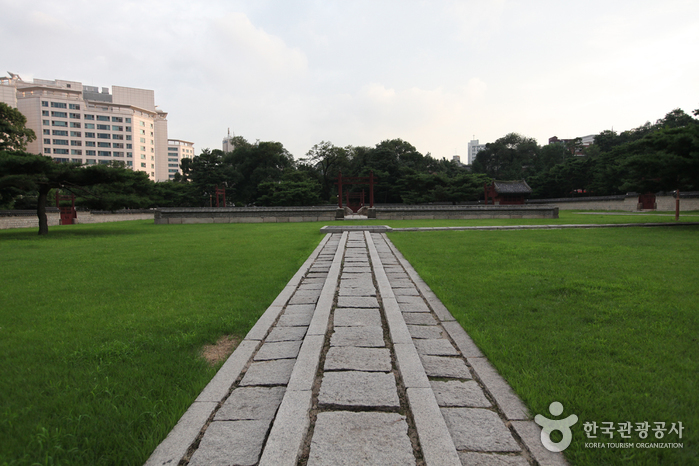
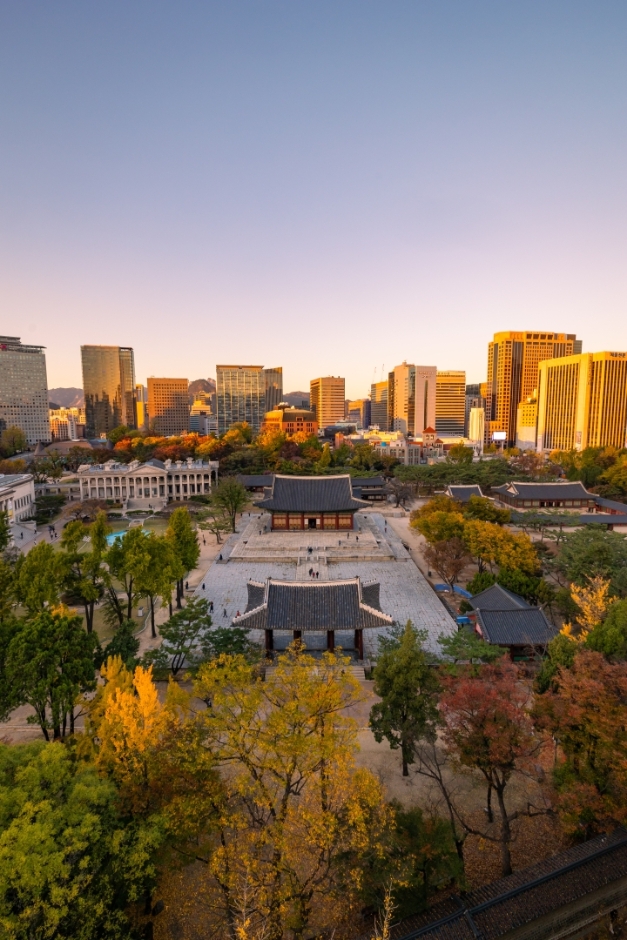
 English
English
 한국어
한국어 日本語
日本語 中文(简体)
中文(简体) Deutsch
Deutsch Français
Français Español
Español Русский
Русский